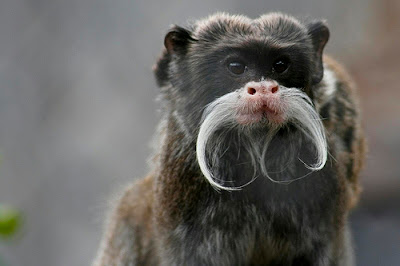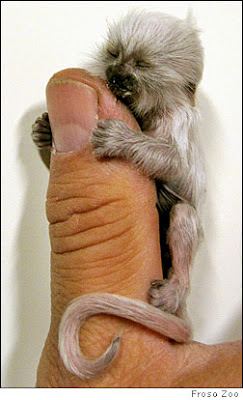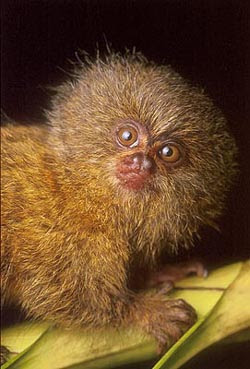

Gandalf of the Marmosets, Emperor Marmoset, Saguinus imperator
Animals that carry cells from another individual, most often a fraternal twin (non-identical), are known as chimeras. Aside from marmosets, chimeras have been discovered in humans, cats and cows. Considered a rare fluke in most species, marmosets have a unique embryonic development that results in most of them sharing chimeric blood. Researchers recently discovered that the swapping goes even further: 50% of male marmosets carry their brothers' sperm and 10% of female marmosets have their sisters' ovaries. That means marmosets can give birth to their own nephews and nieces! * insert Dueling Bangos theme here* Interestingly, mama marmosets seem to favor non-chimera offspring while fathers prefer the mixed offspring. This might be because the chimera offspring give off a wider variety of scents and are therefore more likely to smell like papa. Check out the NY Times article for more detail.
- Log in to post comments


Pygmy Marmosets are so cute.